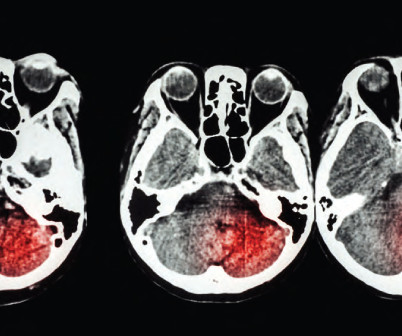Red Leg in the Heartland of America: A Rural Physician’s Approach to the Patient with a Potential DVT
EMDocs
DECEMBER 4, 2023
The facility does not have ultrasound (US) availability at the time of the patient’s presentation, as the sonographer comes to the hospital only 2 days a week. However, duplex ultrasonography may not be readily available at all times in rural or critical access facilities. Ultrasound. What findings make a DVT more likely?











Let's personalize your content